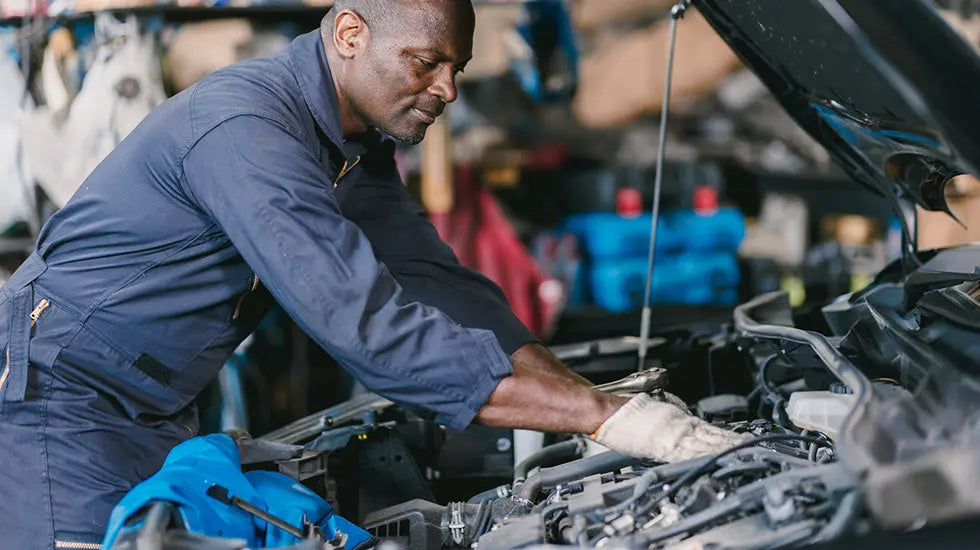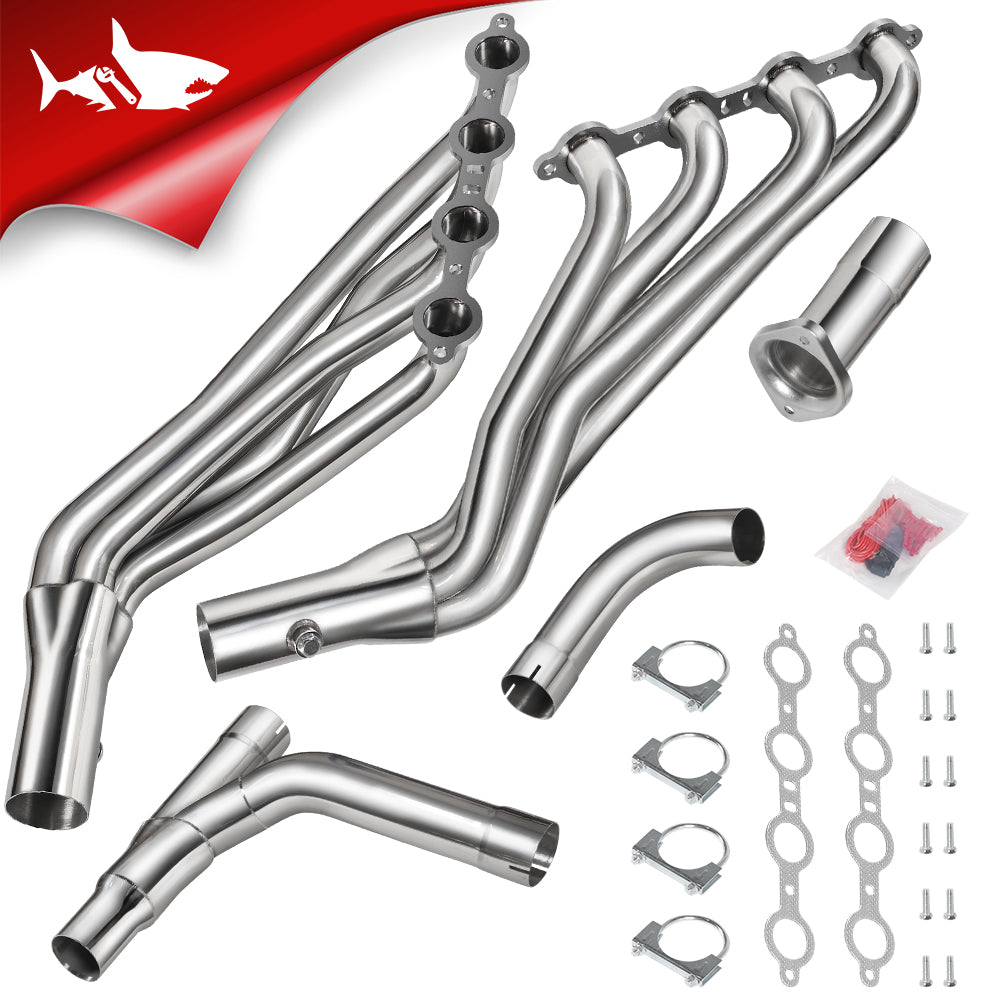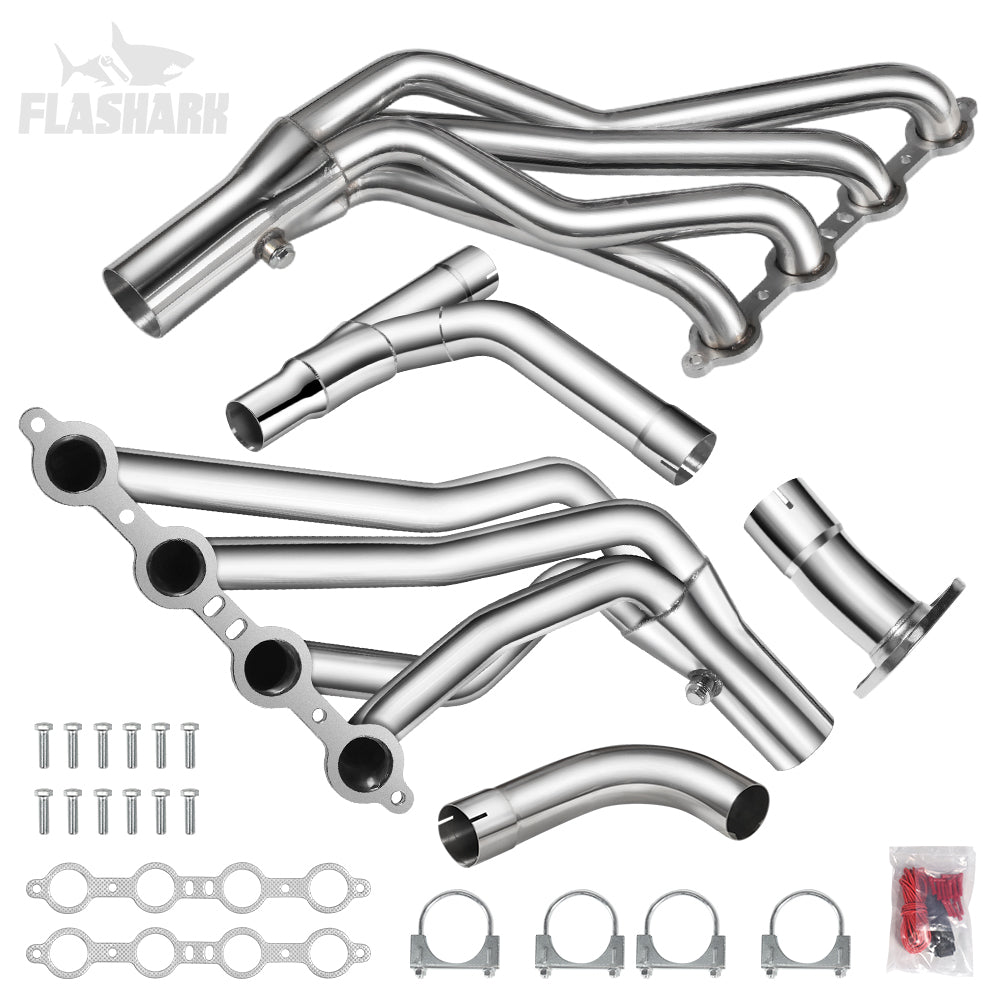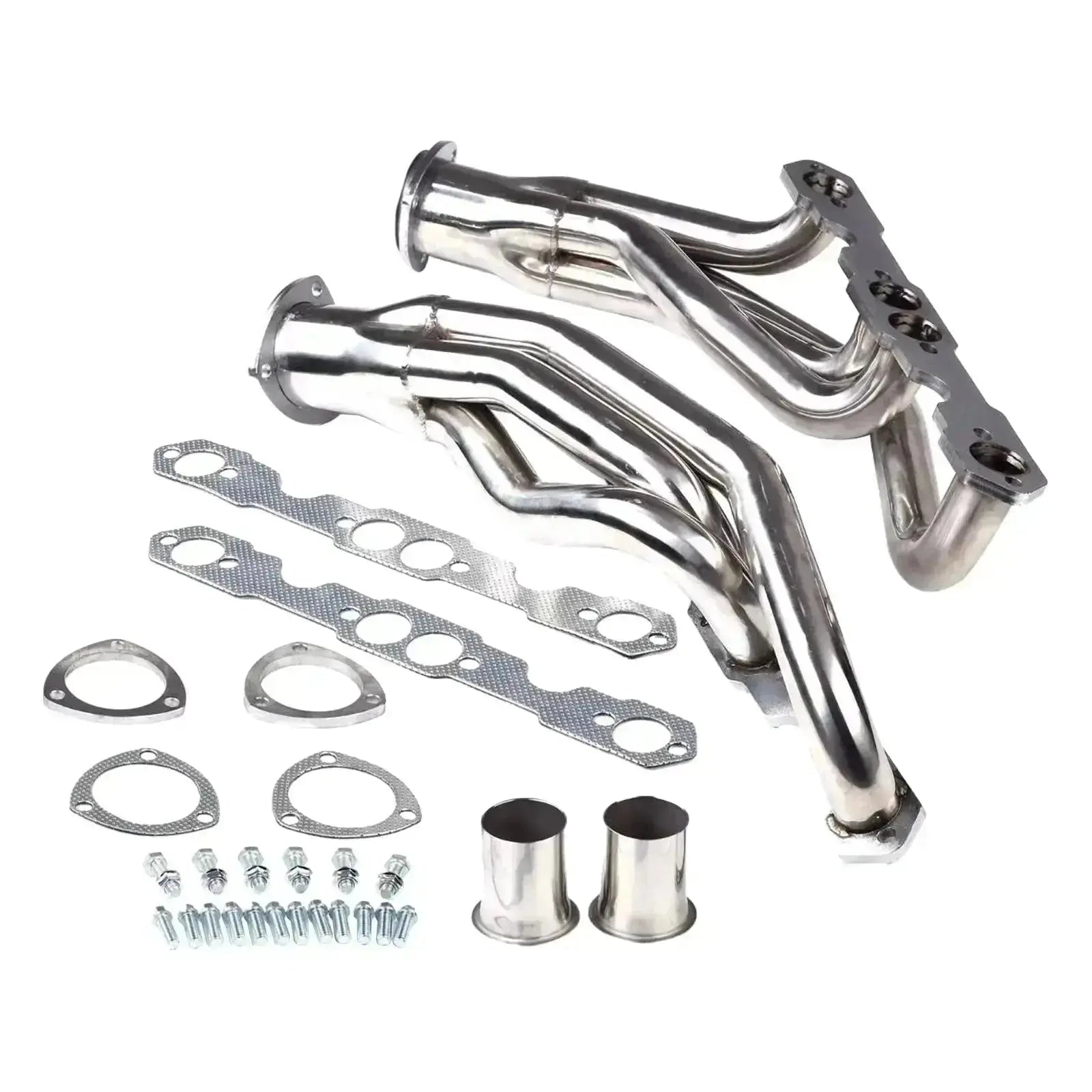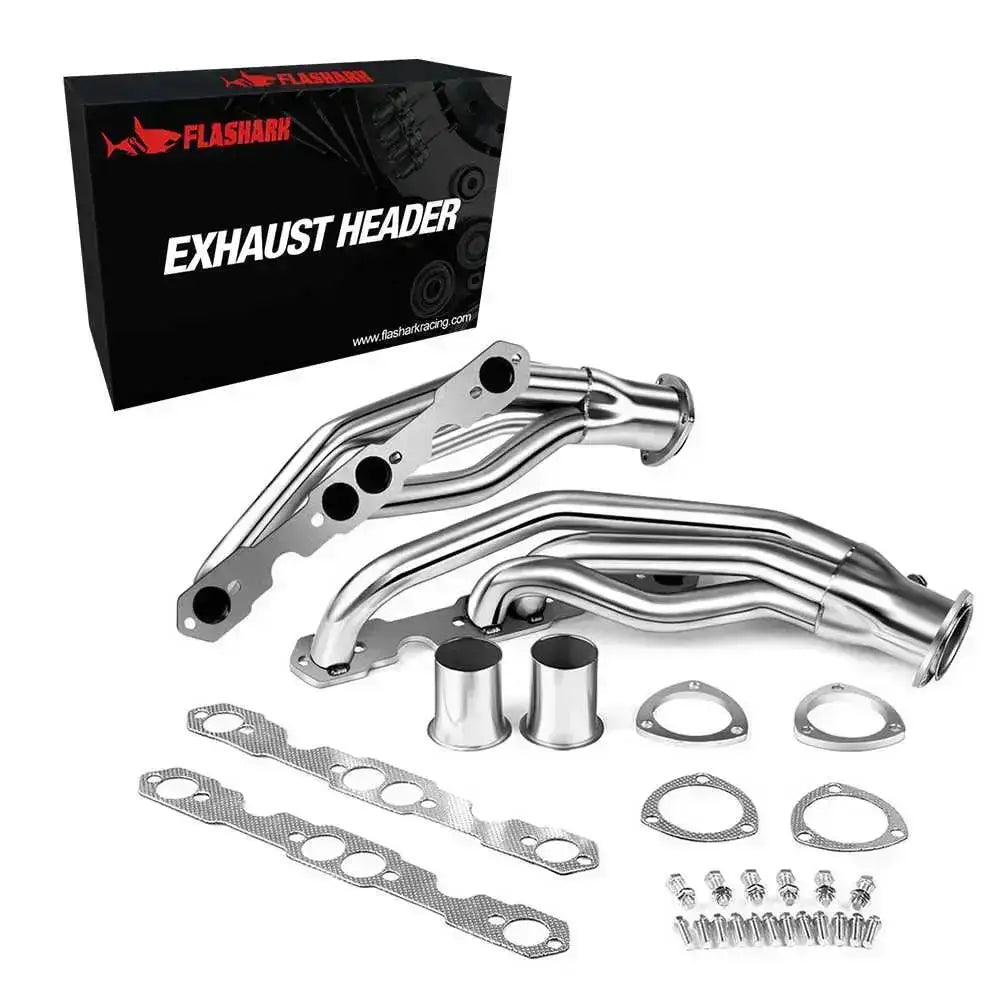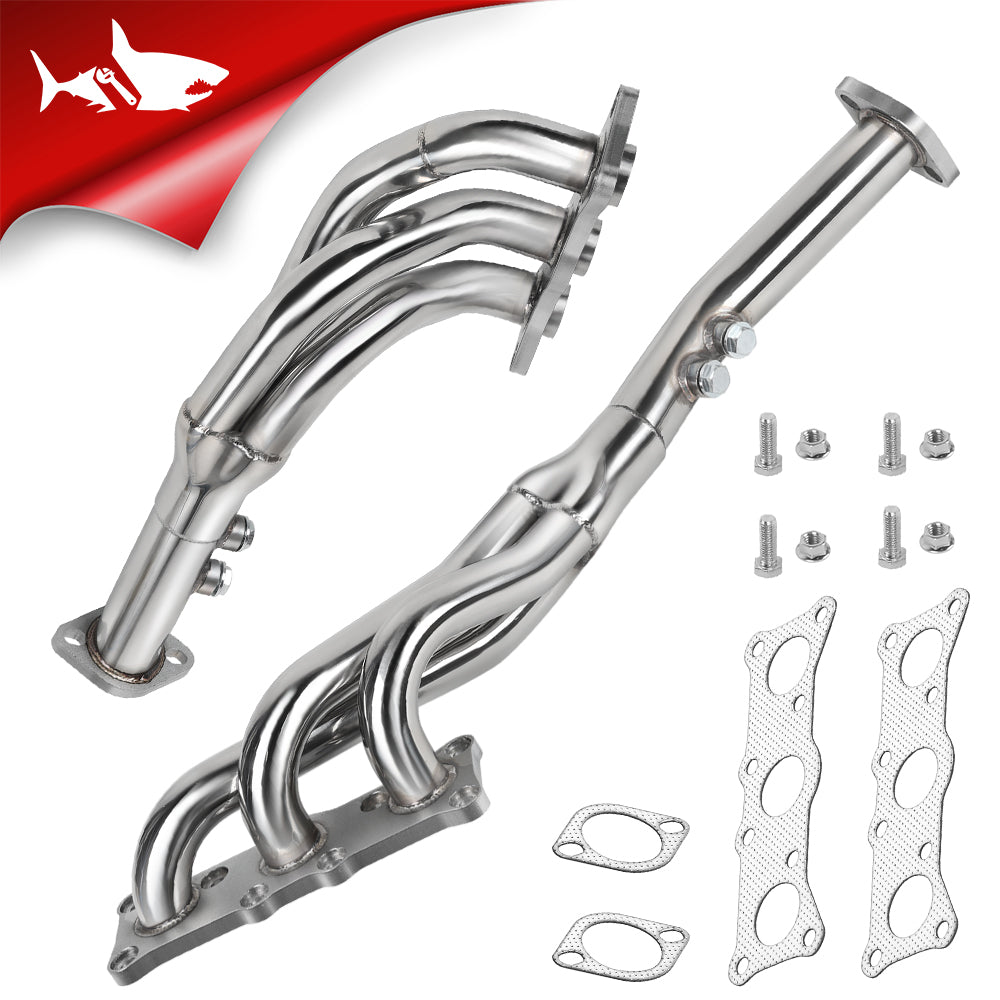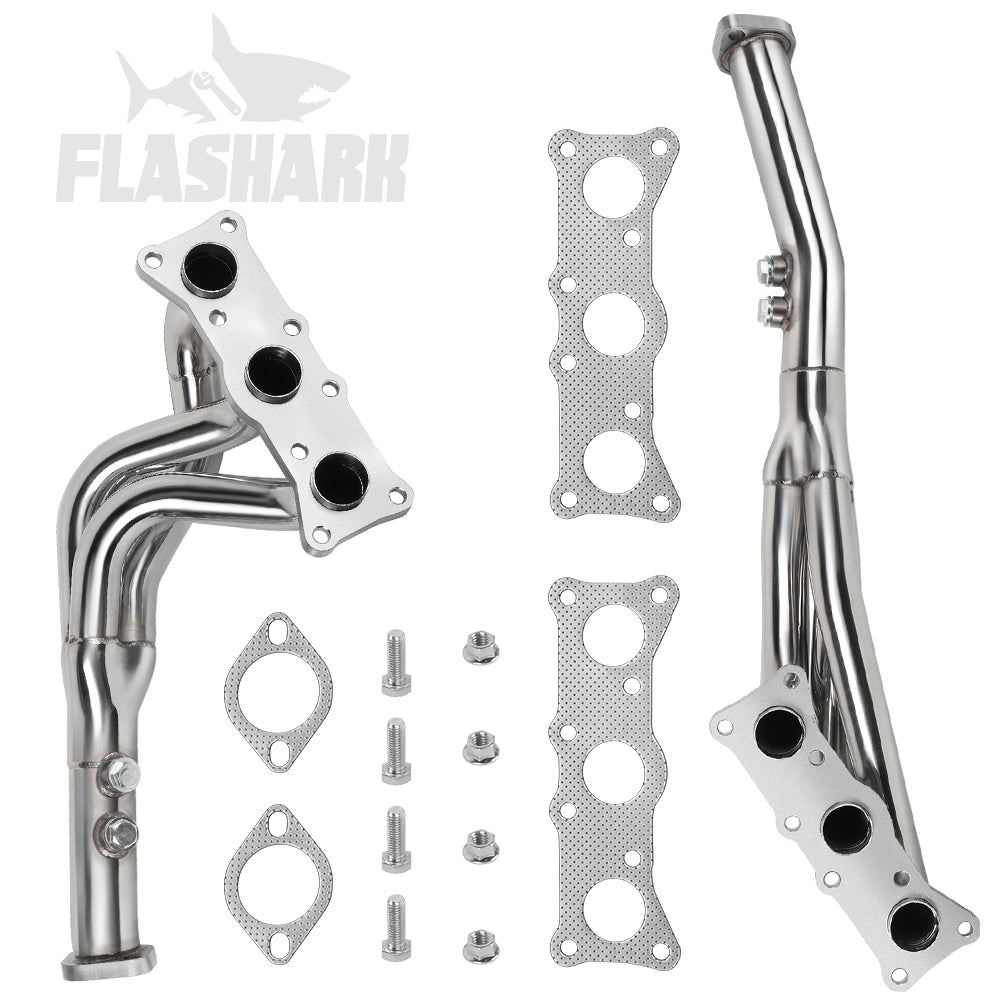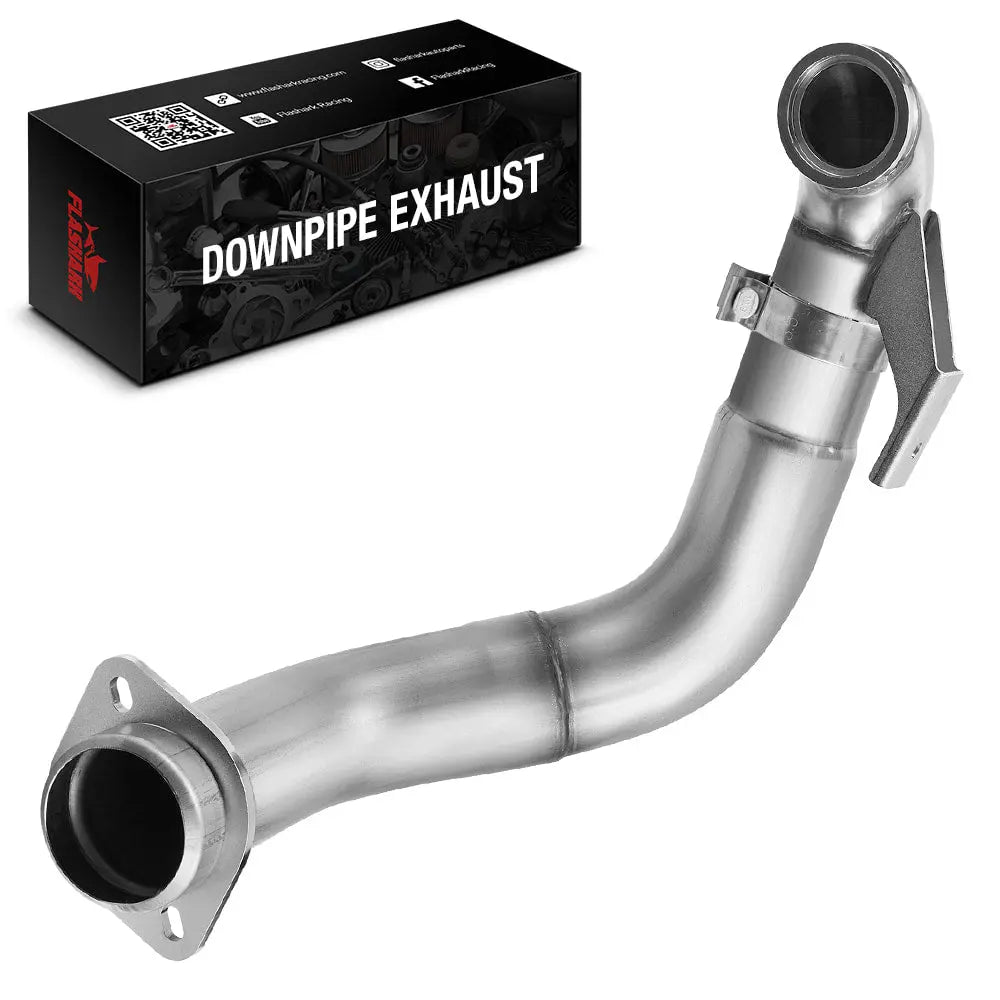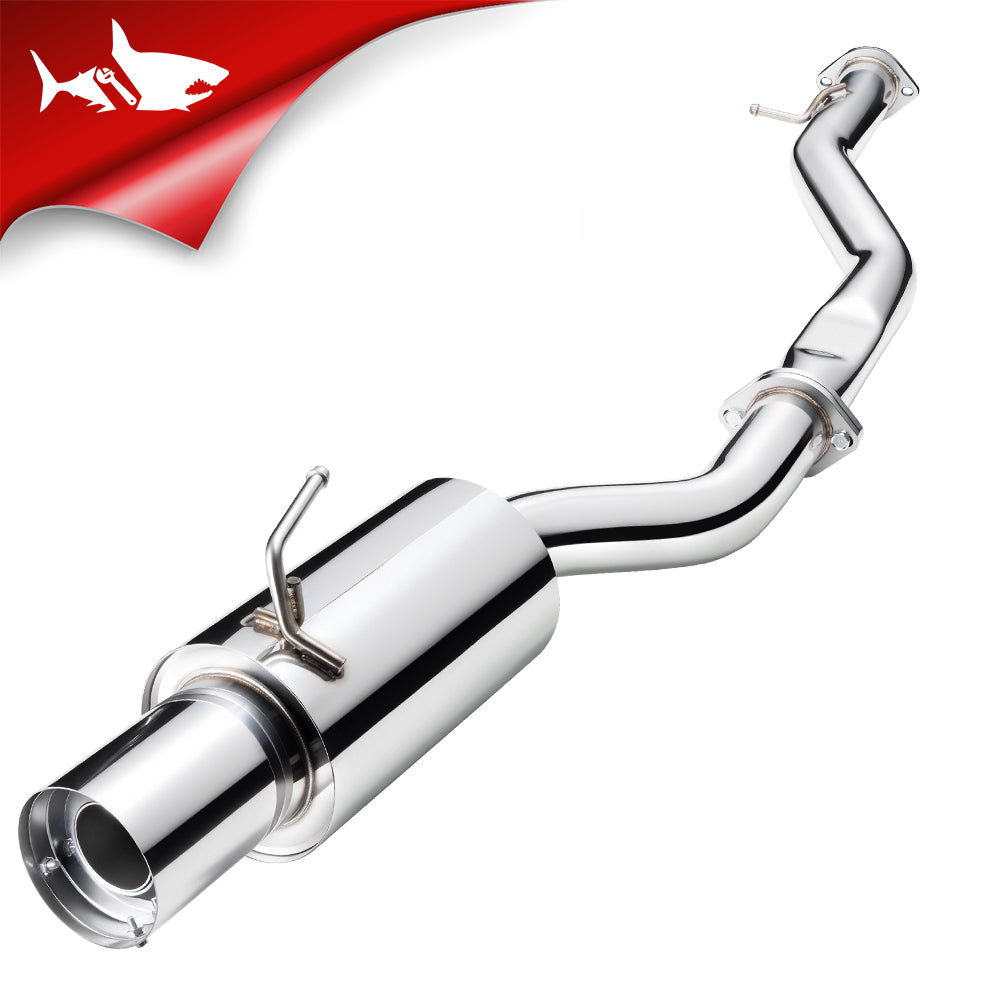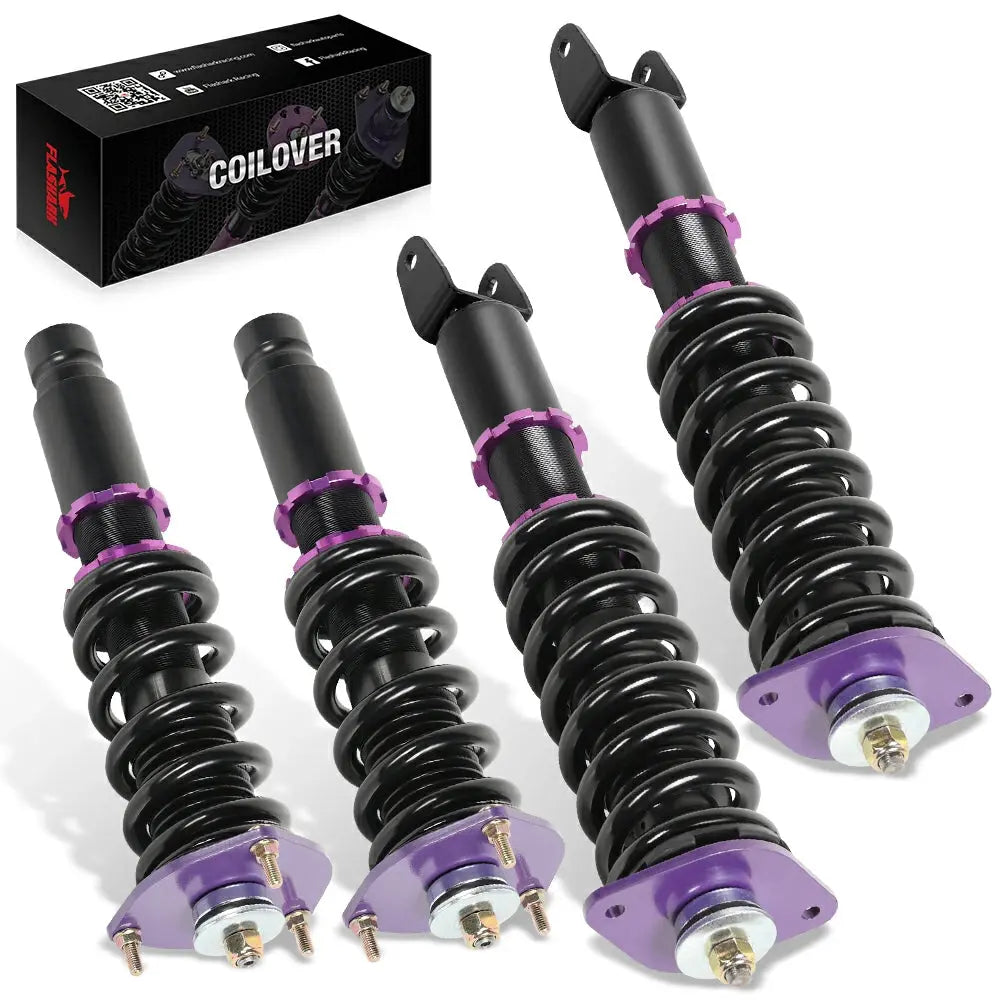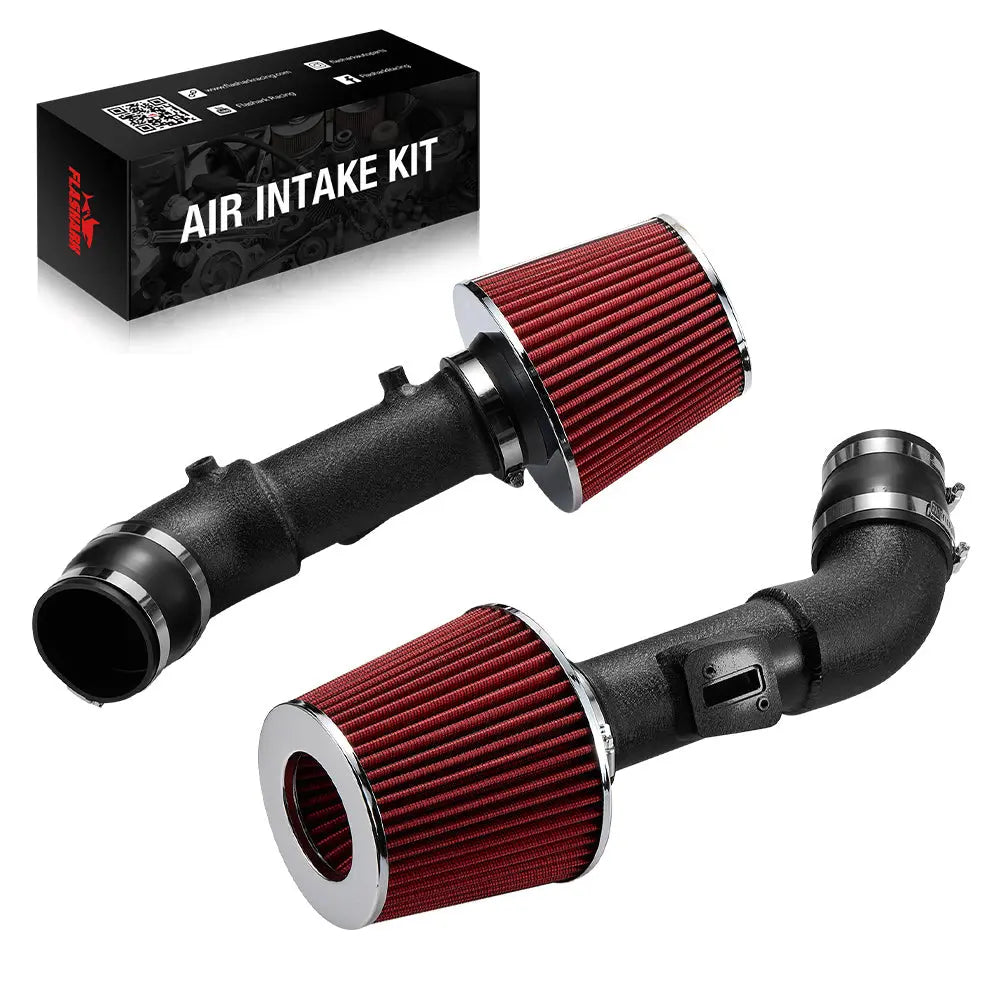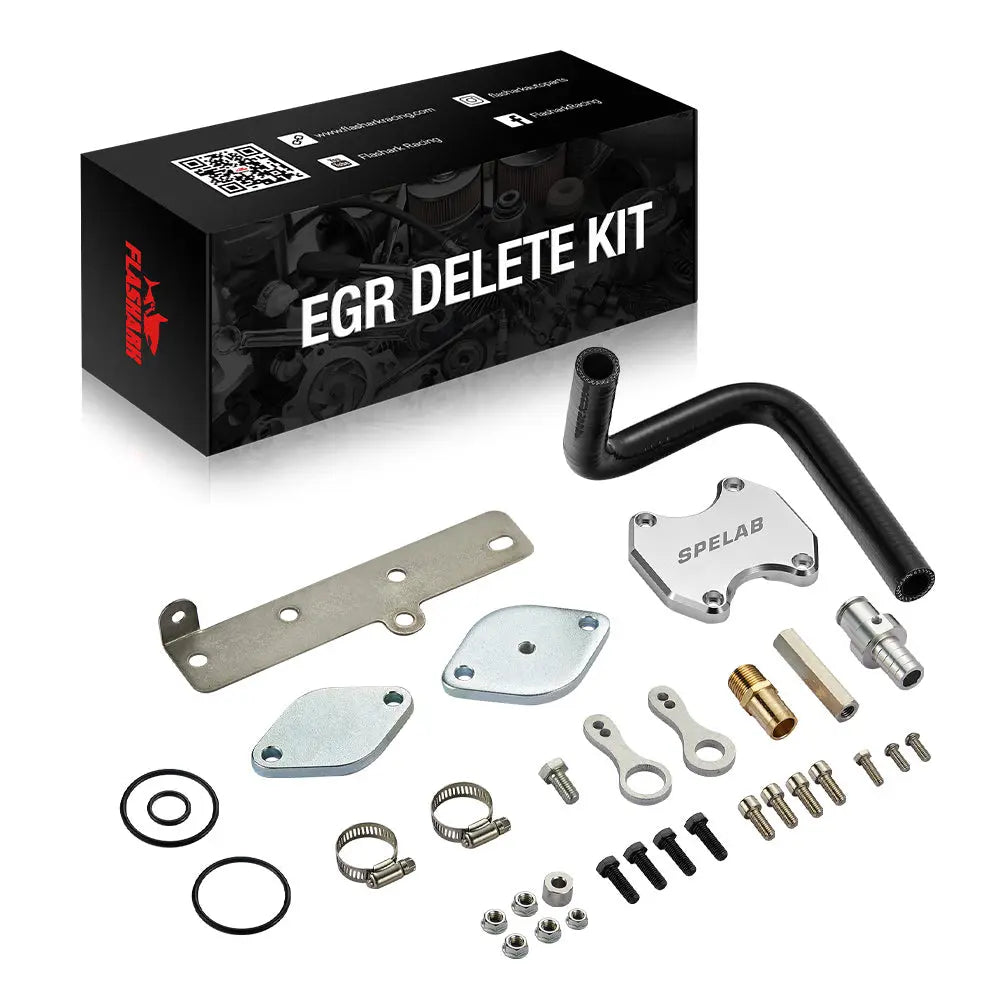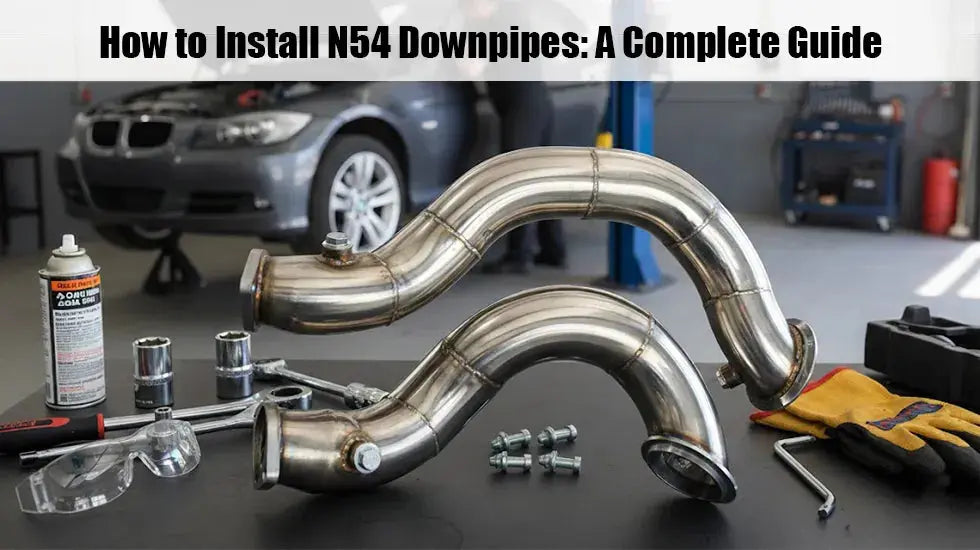Un recolector de aceite es un componente importante para motores de alto rendimiento y turboalimentados. Ayuda a mantener el motor en buen estado al retener los vapores de aceite que pueden provocar la acumulación de carbón. Este dispositivo, sencillo pero eficaz, desempeña un papel fundamental en la prevención de daños a largo plazo en el motor. En este artículo, exploraremos qué hacen los recolectores de aceite, cómo funcionan y si son necesarios para todos los vehículos.
Cómo funcionan los depósitos de aceite
Instalados en el sistema de ventilación positiva del cárter (PCV), los colectores de aceite interceptan los vapores del motor antes de que entren en la admisión. El colector funciona enfriando y condensando estos vapores, separando el aceite de los gases. Los gases limpios se devuelven de forma segura al sistema de admisión, mientras que el aceite se recoge en el colector. Este proceso reduce la probabilidad de acumulación de carbonilla, especialmente en motores de alto rendimiento.

Beneficios de usar un depósito de aceite
Los colectores de aceite ofrecen varias ventajas clave, especialmente para vehículos con motores turboalimentados o de inyección directa. Una de las principales ventajas es evitar la acumulación de depósitos de carbón en las válvulas de admisión. Estos depósitos pueden afectar el rendimiento del motor, la eficiencia del combustible y aumentar los costos de mantenimiento. Al capturar los vapores de aceite, un colector de aceite garantiza una combustión más limpia y un mejor rendimiento general del motor.

¿Son necesarios los depósitos de aceite para todos los vehículos?
Si bien los colectores de aceite ofrecen importantes ventajas en motores de alto rendimiento y turboalimentados, no son universalmente necesarios. En vehículos de uso diario con motores de aspiración natural, su necesidad puede ser menor. Sin embargo, para vehículos utilizados en condiciones exigentes o con mayor kilometraje, un colector de aceite puede ser una medida preventiva útil. Ayuda a evitar daños a largo plazo causados por la acumulación de carbonilla, garantizando un funcionamiento más suave a largo plazo.
Posibles inconvenientes y mantenimiento de los depósitos de aceite
A pesar de sus beneficios, los depósitos de aceite requieren un mantenimiento regular. No limpiarlos puede provocar obstrucciones o reducir su eficiencia. En climas fríos, la condensación dentro del depósito puede congelarse, lo que genera problemas de funcionamiento. Por lo tanto, es importante vaciar y limpiar el depósito regularmente (normalmente cada 8000 km) para garantizar su correcto funcionamiento y evitar problemas de mantenimiento.
Conclusión
Los colectores de aceite son una excelente adición a los vehículos, especialmente a los motores de alto rendimiento, ya que previenen la acumulación de carbonilla y mejoran el rendimiento del motor. Si bien no son necesarios para todos los vehículos, ofrecen una valiosa protección para los motores sometidos a altas exigencias o expuestos a condiciones de conducción extremas. El mantenimiento regular garantiza que el colector siga funcionando eficazmente, lo que beneficia a largo plazo la salud del motor.

